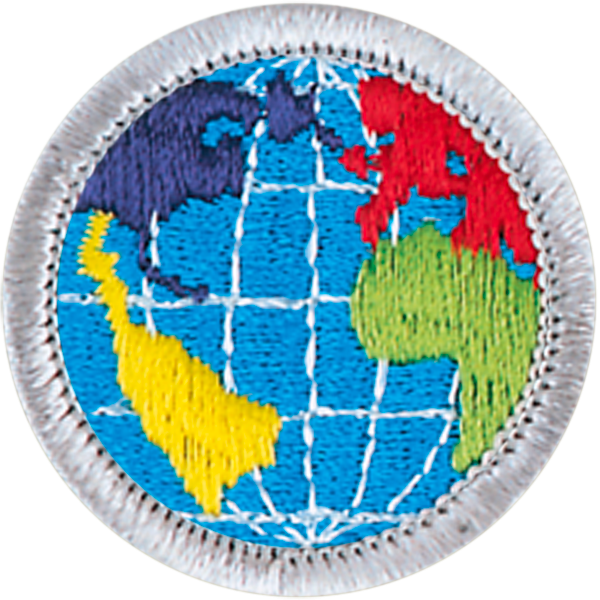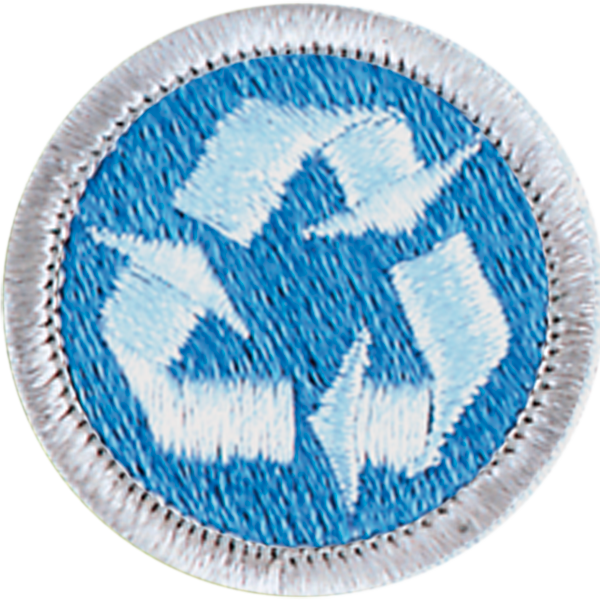
Merit Beyond Badges
Only 6% of all Scouts earn the rank of Eagle.
More than half of Troop 333 Scouts do.
Eagle Scout Program
There are very few honors that a person can achieve before they turn 18 that will remain significant throughout their lifetime. An Olympic medal might be one. Becoming an Eagle Scout is another.
Long after the high school trophies have been relegated to the attic and yearbook accolades have been forgotten, the skills required to achieve the rank of Eagle Scout will continue to support a Scout’s growth and be recognized by colleges, employers, and leaders the world over.
Although this prestigious milestone is achieved by only 6% of all Scouts, more than half of Troop 333 Scouts earn their Eagle — not because we make it easy, because we make it meaningful. Our program encourages all Scouts to strive for this honor and supports each Scout along their personal journey.
The Path to Eagle
It takes 4–6 years of dedication, service and hard work to become an Eagle Scout. Although it is possible to meet the minimum requirements faster, we encourage Scouts to take time to fully experience each step of their journey.
We place emphasis on the collective principles of Scouting, rather than simply striving for personal achievement. Our approach ensures that Scouts take on increasing leadership responsibilities as their age and maturity warrants. This benefits the Scout by ensuring they are prepared to learn from their leadership experience. It benefits the troop by ensuring our youth leadership has the experience, empathy, and maturity to provide effective leadership to their peers.
Although every Scout takes their own path, each is supported by adult leaders, parents, and a fraternity of Eagle Scout alumni along the way. We support Scouts on their journey to Eagle by ensuring there are ample opportunities to meet service and camping requirements and by providing instruction for required merit badges. A dedicated adult mentor counsels Scouts on how to effectively sequence their badge work, balance their home, school, and extracurricular commitments, and connects them to resources when they undertake their final Eagle project.
These are just a few of the skills an Eagle will learn:
Emergency First Aid + CPR
Fire Building and Safety
Personal Financial Planning
Project Management
Clear Communication
Time Management
Family Togetherness
Fundraising and Sales
Ethical Leadership & Team Building
Camping Safety and Setup
Blade Sharpening and Safety
Civic Responsibility
Health and Personal Fitness
Environmental Stewardship
Personal Integrity
Camp and Home Cooking
Did You know?
Of the 312 pilots and scientists selected as astronauts since 1959, 207 were Scouts or active in Scouting. The list includes:
39 Eagle Scouts
25 Life Scouts
14 Star Scouts
26 First Class Scouts
17 Second Class Scouts
13 Tenderfoot Scouts
3 Explorers
25 Cub Scouts
10 Webelos Scouts
1 King’s Scout
2 Wolf Scouts
27 Girl Scouts
Of the 24 astronauts to travel to the moon, 21 were Scouts, including 10 of the 12 who walked on the moon's surface, and all three members of the crew of Apollo 13.
Neil Armstrong, the first man to walk on the moon, is an Eagle Scout.
Required Badges
Citizenship
Citizenship in the Community
Citizenship in Society
Citizenship in the Nation
Citizenship in the World
Life Skills
Communications
Personal Management
Family Life
Cooking
Health & Safety
Physical Fitness
First Aid
Emergency Preparedness1
Outdoor Skills
Camping
Environmental Science2
Hiking3
In addition to these 14 required badges, Scouts must earn at least seven additional badges in areas that interest them. There are currently more that 130 badges offered through Scouts BSA.
2. May be substituted for Sustainability
1. May be substituted for Life Saving
3. May be substituted for Swimming or Cycling




















